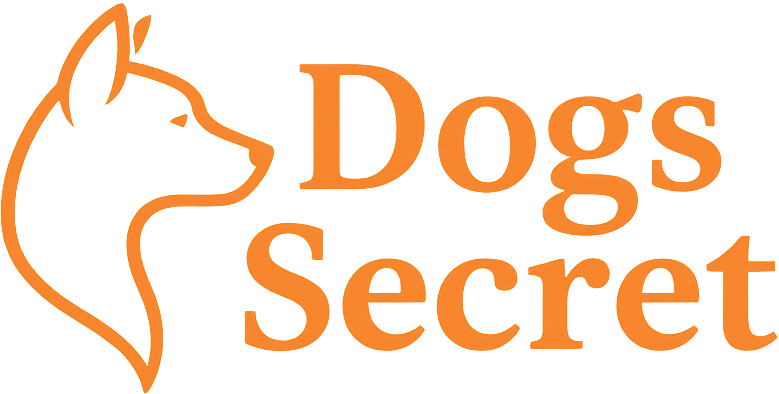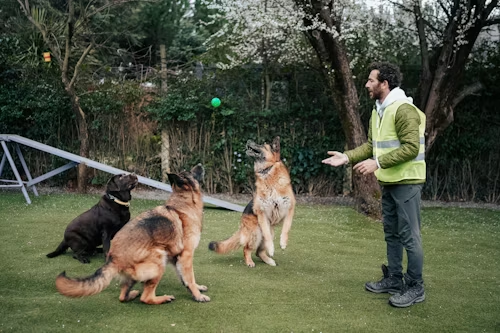If the reason for woofing is known, preparing gets to be simpler. Disregarding each bark is not the right arrangement. Some of the time woofing is a normal portion of communication. But it is critical to control pointless woofing so that the environment remains calm.
Calm Training
Calm training is the best way to control a dog’s barking. Tolerance and consistency are most vital in preparing. When the canine begins woofing, remain calm. Dodge making commotion or rebuffing; something else, the canine will bark more. Short and regular training sessions are helpful.
Give an immediate reward when the dog is quiet. Positive reinforcement is a fast learning tool for dogs. Calmly training a dog against barking is an effective solution for every beginner. This calm method helps stop dog barking naturally. Many owners use calm training to reduce dog barking effectively.
Fixed the Blessing
A positive reward method is the best way to control a dog’s barking. A treat or praise should be given whenever the dog becomes quiet. The use of treats is helpful in training sessions. The dog quickly learns that being quiet is rewarded.
In this way, the unnecessary barking of the dog is gradually reduced. A reward system gives the dog more motivation. Sometimes a toy can be used as a reward in training. Positive reward is always better than punishment. This method is very simple and effective for new dog owners.
Social Exposure
One reason dogs bark is unfamiliar situations. It is important to introduce the dog to different environments and people. Social exposure should be given gradually so as not to develop fear in the dog. Dog parks and outdoor walks are helpful. Adjusting the dog to new sounds and faces reduces barking.
Every exposure should be positive and calm. You have to make the dog feel safe. When the dog is friendly and social, the barking will automatically decrease. Social exposure provides a long-term solution.
The Need for Exercise
A dog’s barking is sometimes caused by excess energy. Daily walks and playtime burn off a dog’s energy. If the dog is bored, the barking increases. Exercise and sports tire him out and keep him calm. Retrieve and tug toys are helpful.
Both indoor and open air exercises are fundamental. Along with physical work out, mental incitement is too imperative. Astound toys and preparing works out keep the dog’s intellect active. When the puppy is tired and fulfilled, the yapping diminishes.
Distraction Tools
A barking dog is an effective distraction method. Here are some helpful tools:
- Use puzzle toys.
- Provide chewing toys.
- Introducing interactive games.
- Treat dispensing toys.
- Noisy sounds are used to do it.
- Playtime Schedule Banana
- Training Exercises Carvana
All these tools keep the dog engaged and occupied. When the dog is busy, unnecessary barking is reduced.



